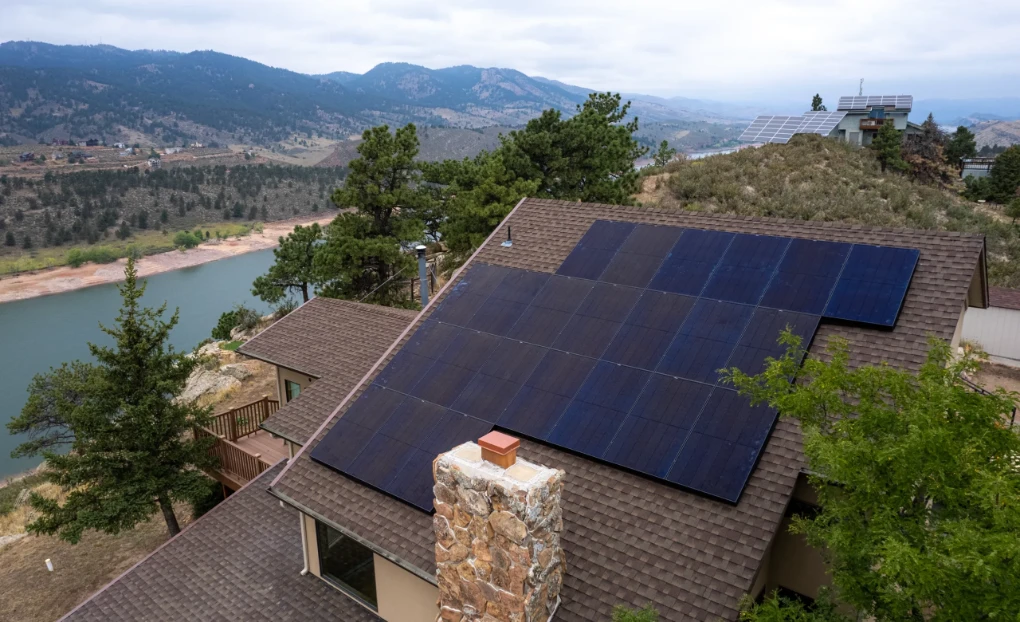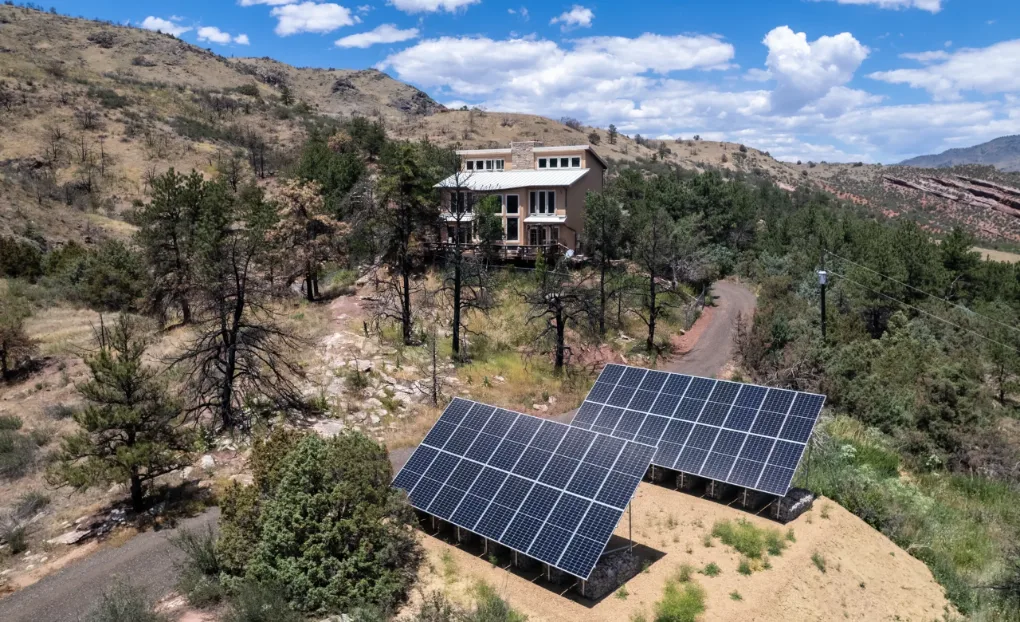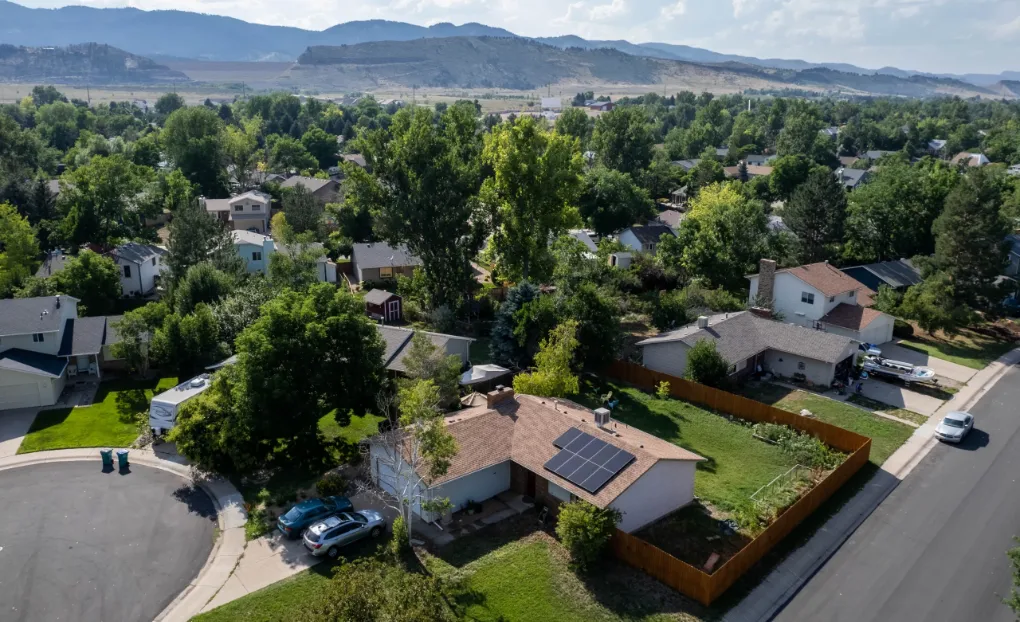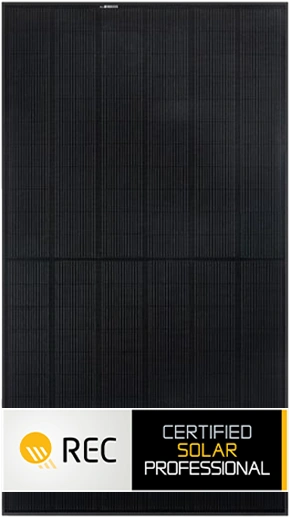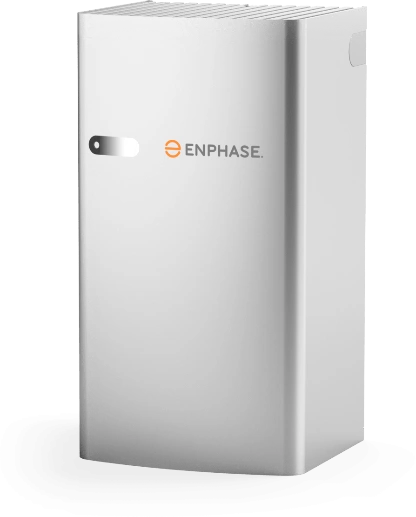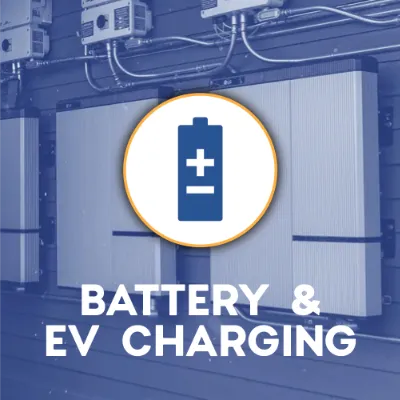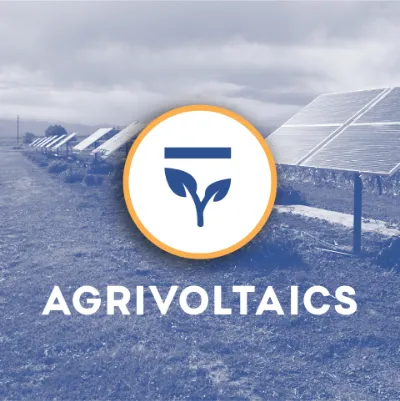Residential Solar Services
With over 150+ 5 star reviews rating us among the top solar companies in Colorado we can help you become energy self-sufficient! Our residential home solar services are handled “in-house,” ensuring quality, value, and professionalism at a competitive price.
SOME OF OUR RECENT PROJECTS
IS HOME SOLAR RIGHT FOR YOU?
Are you a homeowner on the Colorado Front Range?
If so, solar energy is right up your alley! With over 300 days of sunshine annually, sun rays are just begging to be captured. Not only is sunlight abundant, but the United States government has made Home Solar more affordable than ever. With the new Investment Tax Credit in place, you can receive a 30% tax credit on your new home solar and battery storage systems!
Contact us today to learn more.

THE SOLAR BRANDS WE TRUST
REC SOLAR PANELS
Sandbox Solar recommends the best of the best… REC Solar Panels
The Alpha Pure Series from the Award Winning REC Group are some of the best solar panels on the market! Check out these industry-leading features…
- Generates Up To 16% More Power Than Conventional Solar Panels
- 26% Greater Annual Yield
- Can withstand up to 7000 Pa.
- Lead & Solder Free Construction
- Sleek Gapless Design
- 25-Year Pro Trust Warranty
To Learn More about the REC Alpha Pure Series, Contact us or Visit our REC Blog Post.
ENPHASE SOLAR BATTERIES
Sandbox Solar provides only one option for Home Solar Battery Storage because these are the batteries we trust the most for our customers. Meet the Enphase IQ Series…
- Customized To Your System Size
- Avoid Peak Hour Energy Rates
- Comes With The Enphase Monitoring App
- Industry Leading 15-year Limited Warranty
Contact Us to learn more about our Solar Battery Storage Services and EV Charging Stations.

PEOPLE
Become a self-sufficient leader in your community with our help.

PLANET
Understand and manage your carbon footprint. Help Colorado increase renewable energy generation.

PROFIT
Save money on your electric bill and increase the value of your home.
THE SOLAR JOURNEY
Are you curious about how the solar process works? Allow us to explain!
There are a few steps that need to be completed before installation, but with Sandbox Solar on the job, rest assured your solar system will be installed the right way. We will be here for you throughout the whole solar journey and long after!
IT'S AS SIMPLE AS THESE 6 STEPS
1. Let’s get to know you!
-
- Complete our Free Quote Form
2. Meet with Our Sales Department
-
- Schedule a Sales Meeting and Onsite Visit
- Discuss Solar Needs, Electrical Bills, Homeowners Insurance
3. Engineering & Permitting
-
- Check your HOA regulations while we handle the rest.
- We work with your local municipalities to ensure a smooth and fast permitting process
5. Installation
-
- Coordinate Schedule for Residential Solar Services
- Maintain Access For Solar Installers
5. Inspection
-
- Allow for Inspector Access
- Coordinate Schedule
6. Permission To Operate
-
- Post-Install Walkthrough
- Monitoring
- File ITC
MANAGE & TRACK YOUR SOLAR SYSTEM ON THE GO
- Keep track of solar, batteries & more
- Monitor your consumption and production
- Review your historical energy usage data
- Optimize your solar panels & battery bank
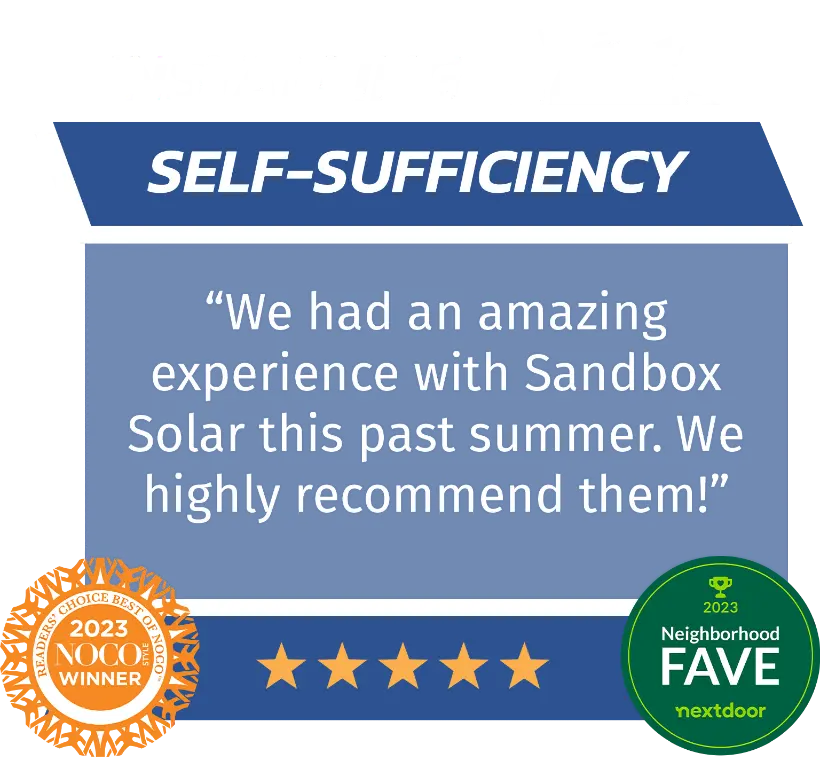

AWARDS AND CERTIFICATIONS





